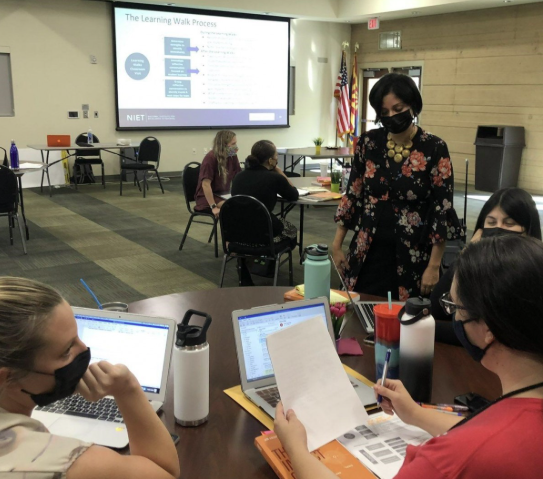Introduction
Cultivating a leadership mindset among educators is a powerful strategy for transforming schools from within. When teachers view themselves as leaders—regardless of their title—they contribute more actively to school improvement, inspire their peers, and model initiative for students. Developing this mindset involves building confidence, encouraging reflection, and creating opportunities for meaningful leadership. It’s about shifting from simply delivering content to becoming a change agent within the educational community.
1. Define the Leadership Mindset
A leadership mindset in educators involves self-awareness, ownership, vision, and a willingness to grow and influence others. It includes the belief that leadership is not confined to formal roles, but is demonstrated through daily interactions, innovation, collaboration, and advocacy for student success. Teachers with this mindset see challenges as opportunities, take responsibility for outcomes, and inspire their peers by example.
2. Foster a Culture of Empowerment
School leaders play a crucial role in shaping a culture where every teacher feels empowered to lead. This involves building trust, encouraging voice, and creating safe spaces for idea sharing and experimentation. When teachers know their insights are valued, they are more likely to take initiative and pursue leadership actions.
3. Promote Reflective Practice
Reflection is key to developing leadership qualities. Encourage teachers to reflect on their strengths, growth areas, and impact. Journals, peer conversations, and goal-setting sessions help educators identify leadership behaviors and envision their role beyond the classroom. Reflective practices cultivate intentional, values-driven action.
4. Support Risk-Taking and Innovation
A leadership mindset grows when educators are encouraged to step outside their comfort zones. Schools that celebrate experimentation—even when results vary—promote a learning culture that thrives on continuous improvement. Leaders can support innovation by providing time, resources, and permission to try new approaches.
5. Encourage Mentorship and Collaboration
Collaboration builds confidence and capacity. Encouraging teachers to mentor peers, lead study groups, or participate in cross-grade planning teams strengthens leadership skills. When educators see the impact of their guidance and contributions, they begin to recognize their leadership potential more clearly.
6. Provide Leadership Learning Opportunities
Professional development focused on leadership concepts—such as communication, coaching, data analysis, and change management—equips teachers with tools to lead effectively. Encouraging participation in leadership workshops, conferences, and communities of practice reinforces a sense of belonging to a broader educational movement.
7. Recognize and Celebrate Leadership Behavior
Recognizing informal leadership—whether it’s guiding a new colleague, initiating a classroom strategy, or leading a student project—reinforces the value of everyday leadership. School leaders should highlight these contributions to build confidence and model the school’s commitment to distributed leadership.
Conclusion
Developing a leadership mindset in educators transforms schools into dynamic, collaborative, and forward-thinking communities. When teachers believe in their ability to lead, they inspire change that goes far beyond their classrooms. By investing in reflective practice, empowerment, and ongoing learning, schools can foster a culture where leadership is shared, encouraged, and continuously evolving.














